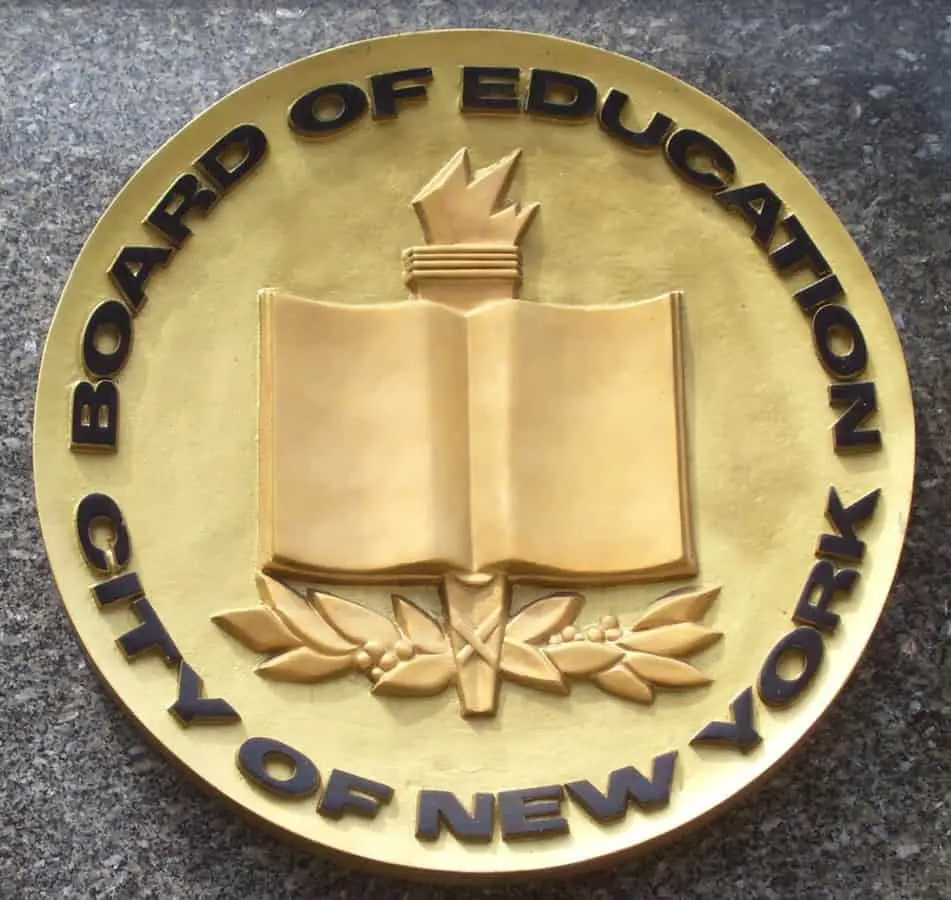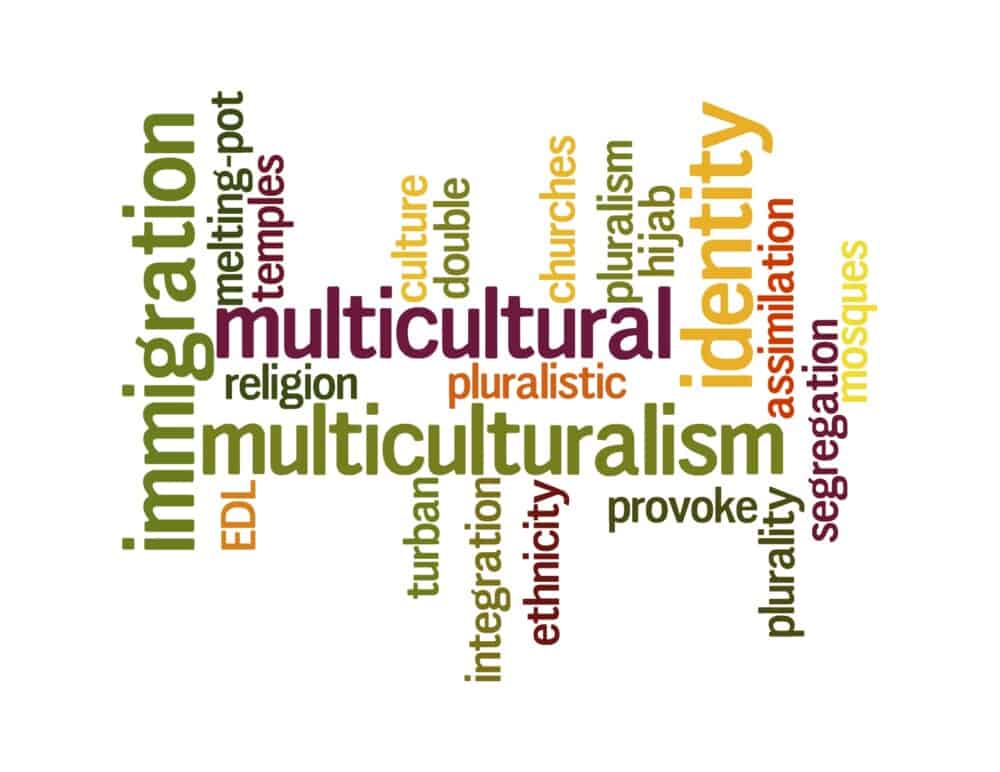
When you ask teachers why they went into education, 99.9% of them will say anything other than because they want to work for the government. Most all teachers will say something related to their support of children.
Teachers are indeed employed by the government. In fact, teachers are employees of the government at three different levels: local, state, and federal. As a result, teacher instruction has mandates and restrictions that influence their instruction in ways that would surprise many.
As a former public school teacher for 20 plus years, I have a personal connection to the governmental hand on education and have seen first-hand the poor results. Though the positives and negatives are certainly debatable, there isn’t debate about the reasons why it matters that teachers are government employees.
Contents
- Who Are Teachers In General?
- It Matters Who Employs Teachers Because They Have Agendas, Too.
- Government Employment Leads to Trend Teaching.
- One Size Fits All Is a Result of Government Involvement.
- Government Control Matters Because it Causes Teaching to the Test.
- Are Teachers Employed By the Government Wrap Up
Who Are Teachers In General?
Socrates is notably one of the earlier teachers of known history. He is credited with a form of instruction that used questioning as the most prominent technique. Many teachers continue this practice even today.
But who are our teachers in modern society?
In the simplest meaning, teachers are those who are in charge of students in order to impart some sort of knowledge. Merriam-Webster’s definition is that it is “one whose occupation is to instruct.”
Teachers teach; students learn.
In the more broad use of the term for our modern living, we have many types of teachers.
Different Types of Teachers
From the time children are toddlers, they often have their first experience with teachers. These are the teachers of their preschool of whom they typically call by their first name, prefaced with a ‘Miss’ or ‘Mr.’
Then, from kindergarten to the time they graduate high school, children have upwards of 30-40 teachers who direct their educational path.
Children learn to kick a goal at soccer practice, play an instrument in the band, sing alto in the choir, paint water color landscapes in art class…and more, all from various teachers in their lives.
However, the training and credentials of these teachers vary wildly. Some hold college degrees and licenses in their field, while others simply have on the job experience, learn from internships, or take coursework here and there.
Make no mistake; with few exceptions, public school teachers are the most highly qualified of them all. There is one main reason that this is the case. The government requires it.
Public School Teachers Are Pushed To Be Highly Qualified By The Government.
As mentioned earlier, I’ve been a public school teacher for over 20 years. Over the many years, along with on the job professional development and training, I’ve acquired three credentials and have been licensed in three different states (starting with Tennessee, then California, and lastly, Virginia).
With my three credentials, I am endorsed to teach all core subjects at the elementary level and to teach English at the secondary levels; in addition to all this, I also hold a specific license endorsement to teach English language learners of all ages.
Among all of these specialties, I have also earned three degrees in higher education, too. I have a B.A. in human learning with a minor in elementary education; an M.S. in curriculum design and instruction; and last, an education specialist degree in language learners.
All of this is to demonstrate to you that I am a highly qualified teacher, as defined by President George Bush in the 2001 No Child Left Behind Act. And in my experience working in seven schools across the country, I have found that I’m not the exception in public schools.
According to this 2017–18 report, more public school teachers (over 59% to be clear) have postbaccalaureate degrees than any other sector of teachers (private, charter, non-certified teaching institutions, etc.).
Public School Teachers = Government Employees
By its very verbiage of ‘public’, the profession of public school teachers is tied to the government.
Public schools are funded by the government. In 2018, the federal government contributed over 71 billion dollars to fund K-12 schools. And this was less that 10% of the average actual school budget. The local government covered approximately 45% while the state covered 46%.
When the government holds the purse strings and signs your paycheck, there is inevitably control and conflict. For me, I expect my college-age daughter to text me back in a reasonable amount of time simply because I am her mother. But I’m not above reminding her that we, her parents, pay for her phone, so we expect her to use it communicate with us, too.
It Matters Who Employs Teachers Because They Have Agendas, Too.

Everyone has an agenda. And employers rightfully expect their agenda to be carried out by their employees. Whether you work for Walmart or Microsoft, you are beholden to your employer’s purpose. It makes sense, right? Well, this even makes sense from a government perspective.
There are certain values and beliefs that our government holds with which we should be aligned, as citizens.
For example, we hold the rights and beliefs of our Pledge of Allegiance and U.S. Constitution as valuable and worthwhile. It is not unreasonable for our government to expect these to be imparted in our schools.
However, the conflict comes when expectations are not so closely bound to our common values. When this happens, ethical and moral lines can get crossed.
Political Agendas Are Present In Public Schools Because Of Governmental Control.
Teaching is more than teaching reading, writing, and arithmetic, despite what we used to think or what Sesame Street told us. In my last year of public school teaching, reading, writing, and math instruction was just about one-third of the daily instruction.
What did I do with the rest of my instructional time? Well, I also spent part of the day teaching social-emotional curriculum, as well as heath and safety curriculum. This was part of the local, state, and federal political responses to current issues in the media.
What did this look like? This meant I taught first graders how to respond to intruders in the building, evasive and counter-active maneuvers…things I wasn’t confident in myself doing, let alone six year olds performing. But it was government-sanctioned curriculum.
This also looked like me teaching them how to recognize and report ‘bad touch’ through government-provided read alouds and videos.
Each year curriculum directives changed, depending on the current issues that dotted the media headlines and the current political party’s views on it at the time.
Taxes Talk
Then, there is the agenda of large corporations and the push to use their materials and programs. These corporations are monetary resources to the community, with their revenue, large amount of people employed, and indirect (and sometimes, direct) funds to our politicians and schools.
The continued use of standardized testing despite lack of evidence to its effectiveness, frequent textbook adoptions and ‘innovative’ curriculum endorsements, and inclusion (and often, discontinuance) of ‘next best thing’ programs all show just how far and wide the reach of large corporations is.
And these agendas are why it matters that teachers (and schools) are government-funded.
If you would like to read more about how testing is affecting your kids in public schools, read my article here.
Government Employment Leads to Trend Teaching.
Just as dances like the Macarena come and go, so do trends in education and what’s probably (or perhaps, not) surprising is the push is often government related.
Depending on particular ideologies of those in office, as well as connections to those with agendas (mentioned above), trends come (and go) into the classrooms, too.
I remember when I first started teaching there was the DARE program which also involved local police instructors coming into the classroom, part of a community-outreach effort (another government backed trend by the way). Classrooms who finished the program were presented a special DARE flag by the police instructors when it was concluded.
This program was started by Nancy Reagan to combat drugs in school. However, curiously, once the Reagan era of politics ended, so did the school-police DARE program!
Over my many years of teaching, I have seen instructional strategies and techniques come and go, too. In my early years, it was all about whole language for reading instruction. Now, phonics, something quite popular in the 1980s, is back in schools.
Do you remember spelling bees? As a frequent champ in elementary school, I look back at them fondly. But not everyone because spelling books and rote memorization have gone by the wayside in favor of trendier ‘word study’ programs. Only time will show just how long it will last, however.

Today, it is trendy to include multicultural education with books on diverse characters and non-Christian religions in your classroom library. This is not necessarily a bad thing, except when the emphasis overshadows academia and puts a disproportionate focus on one race, ethnicity, culture, or religion over another, in particular that of the common people.
But like all trends, that too will change, for better or worse, like all trends have a habit of doing.
One Size Fits All Is a Result of Government Involvement.
Have you ever bought an outfit sized one size fits all? How did that work out? Even scarves don’t fit the same for a 5 foot 2 inch, 135 pound person as it does a 6 foot 3 inch, 250 pound person.
One size does not fit all in education, either. However, government involvement almost always guarantees this push.
One size fits all education means everyone uses the same textbooks, same standards same schedule and number of days of instruction, and same assessments. Are all children the same, too?
Remember Common Core? That was designed by corporations to facilitate nationwide testing, textbook sales, and teaching standards. This was then sold to the government as a ‘one size fits all’ approach.
It doesn’t take a genius, or a 20 year public school teaching veteran, to understand that this isn’t effective.
Perhaps the best example of the government’s endorsement of one size fits all is the 2001 No Child Left Behind Act, and its questionable alteration to the 2015 ESSA (Every Child Succeeds Act) law. Judging by their failure of outcome, I’d say they are also examples of the ineffectiveness of one size fits all, too.
Government Control Matters Because it Causes Teaching to the Test.
Teaching to the test is a phrase that popped into our everyday speech with the rise of the high-stakes testing environment that resulted from government-mandated standardized testing.
As teachers’ performance reports (and thus, salaries and job security) along with school accreditation became entwined with student test taking skill, teaching to the test rose in practice, too. Even if this wasn’t the initial intention, it most assuredly became the common factor found in public schools across the country.
The government began rating schools (and teachers) based on student proficiency as measured by standardized tests, whether or not progress was made, and despite any gaps or disabilities students held. The push to perform caused a change in curriculum and instruction. No longer was literature read because of its theme or vocabulary usage; instead students were taught test-taking strategies for multiple choice assessments.
As well, the focus on reading and math (and reading and math standardized test requirements) pushed other content to the side. If students weren’t going to be tested on science or history, then those subjects lost importance, especially at the elementary and middle school level.
Now, we know in reality that science and history are quite significant in future careers. And that student test scores have little importance beyond high school graduation, if at all.
Are Teachers Employed By the Government Wrap Up
We began with the question of whether teachers are employed by the government and why that matters. To answer, teachers are certainly employees of the government. Let’s wrap up why that matters.
- Teachers are beholden to government agendas, which can often include the agendas of corporations and politicians.
- Government affiliations lead to trend teaching. Trend teaching is rarely research-backed, and instead connects to current ideologies and media headlines.
- Government interference pushes one size fits all education, which is ineffective.
- Teachers feel compelled to teach to the test because of government involvement.
As someone who began teaching just before the standardized testing era and just recently retired from public schools, I can tell you that teachers feel government influence everyday in the classroom. We feel this in our instruction choice, and in our performance reviews, and contrary to what teachers thought when embarking on their career, they are in every sense employed by the government.
